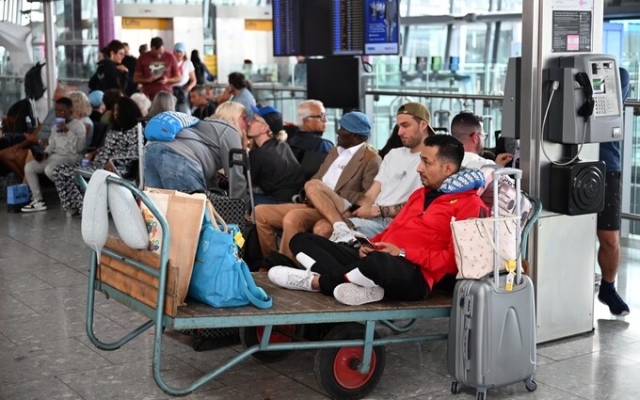 Thousands of travelers stranded by NATS computer glitch Photo: PAUL GROVER FOR TELEGRAPH
Thousands of travelers stranded by NATS computer glitch Photo: PAUL GROVER FOR TELEGRAPH
British Aviation Oversight Service accused in threatening to threaten The Telegraph reports that efforts were made to modernize the air traffic control system just weeks before it collapsed and left thousands of Brits stranded.
The National Air Traffic Service (NATS) stepped in in conflict with civil aviation. The CAA has squandered its budget by blaming the regulator for forcing a choice between business continuity and critical IT upgrades.
NATS accused the CAA of «delaying a much-needed upgrade to our physical and air infrastructure» after the regulator approved a budget plan that was less generous than expected.
Air traffic controllers said the plan would leave it only just enough to achieve «unprecedented service targets… to the detriment of investment in modernization.»
The British air traffic controller said it needed to spend hundreds of millions of pounds to upgrade its IT network and that it would have to face difficulties due to restrictions placed on it by the CAA.
The row over funding occurred in July and August, just weeks before an incorrect flight plan crashed the system and caused hundreds of flights to be canceled over the August holiday weekend.
Thousands of passengers were stranded by the error. , and some are still trying to find tickets home from overseas.
Previous National Air Traffic Service issues
Transport Secretary Mark Harper is expected to receive a report from NATS on Monday explaining what went wrong and what steps are being taken to prevent it from happening again.
The leadership of NATS, the private company that owns the monopoly contract for who controls British Airways warned in recently filed company reports that proposed changes to how it makes money from airlines are «unworkable».
The CAA said in July that NATS could increase its airline fees by just over a quarter. , which raises the cost per passenger by about 43p to £2.08 per flight.
Increased fees levied on airlines and passed on to passengers will help fill the funding gap created during the near-total closure of aviation UK caused by the Covid-19 pandemic.
However, NATS has criticized these proposals. The company said last month that these plans risk causing it to focus on short-term goals instead of investing in new equipment.
Goals include reducing flight delays and achieving zero targets by reducing airlines' carbon emissions.< /p>
However, NATS said the regulatory agreement would allow them to maintain a «secure service».
The technological element behind last Monday's crash was the National Airspace System (NAS), a computer program that determines which of the UK's hundreds of air traffic controllers should send copies of flight plans submitted by airlines.
NAS was originally installed in the 1970s and was ported to modern computer hardware in the 1990s. Its replacement was scheduled to be replaced this summer.
NATS, which handles more than two million flights a year, has been partly privatized. Ownership is split between airlines and airports, while the government owns a golden share.
Despite protests at the CAA, NATS reported a pre-tax profit of £148 million for March as volumes trips recovered. NATS chief executive Martin Rolfe took home £1.3 million.
The CAA said the planned fee ceiling «provides the resources and investment [NATS] needs to plan and modernize its services going forward.»
p>
NATS did not respond to a request for comment.







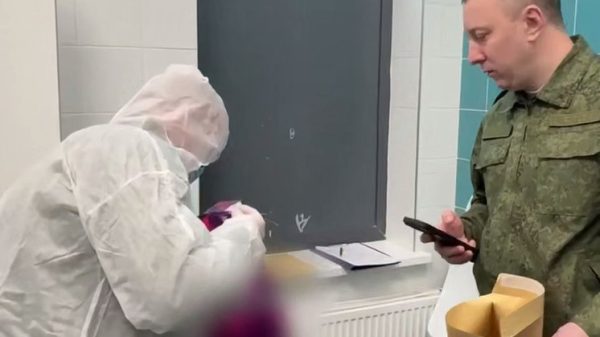


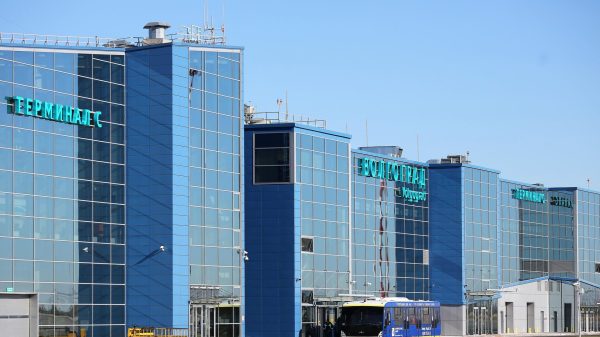







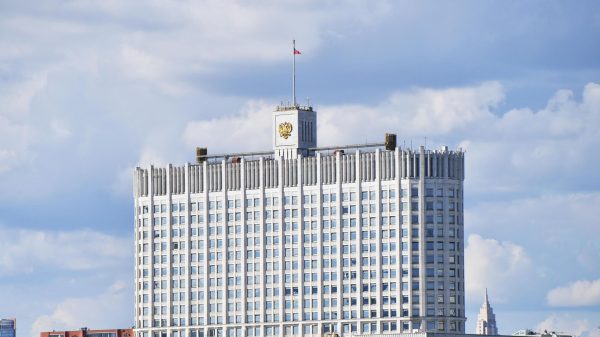


















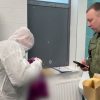


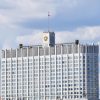









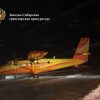



Свежие комментарии